#624 Fishing the Kamloops trout
Trout School: Lessons from a Fly-Fishing Master
by Mark Hume with Mo Bradley, illustrated by Nana Cook and with a foreword by Claire Hume
Vancouver: Greystone Books, 2019
$22.95 / 9781771644167
Reviewed by Myles Armstead
*
 Most fly-fishing books fall into two categories: those that speak of the natural beauty and the philosophical ponderings of the angler, and those that take a more practical or “how to” approach, which is often challenging for the novice and of little interest to the non-angler.
Most fly-fishing books fall into two categories: those that speak of the natural beauty and the philosophical ponderings of the angler, and those that take a more practical or “how to” approach, which is often challenging for the novice and of little interest to the non-angler.
Trout School: Lessons from a Fly-Fishing Master goes beyond the fly-fishing genre. It tells the story of Kamloops trout legend and co-author Mo Bradley and his close relationship with journalist Mark Hume and his family. This fine book includes the personal recollections of Mark and Mo on various lakes in British Columbia, discussions that evolve into lessons on timing and technique — information that anglers will find both insightful and practical in stillwater trout fisheries everywhere.
Now 82, Mo (Maurice) Bradley arrived in Kamloops from England in 1965 at an interesting time in the development of B.C. stillwater fly-fishing techniques, when fisherman gained a greater understanding of what trout ate and how to represent their food effectively with a fly.
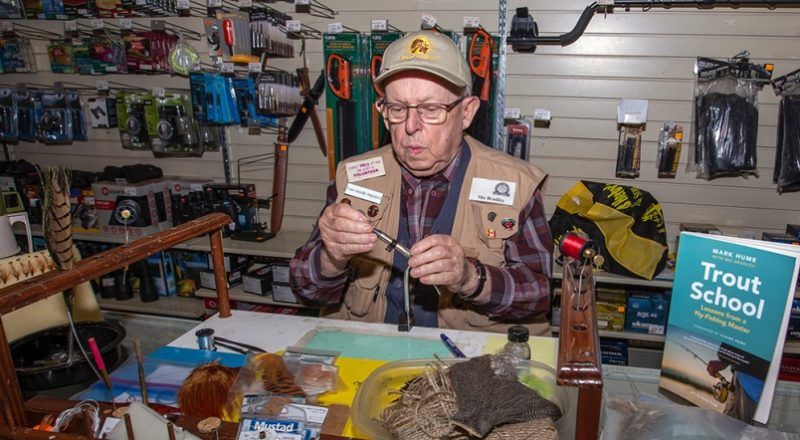
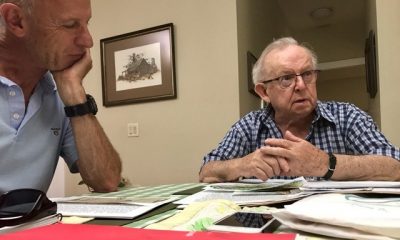
By the 1960s, the lakes around the Kamloops were regarded as a world-class trout fishery that had attracted anglers from all over the world since the late 19th century. A wonderful chapter in Roderick’s Haig-Brown’s The Western Angler (1947) concerns this fishery. One of its early pioneers, Bill Nation, tied a series of flies that influenced later anglers such as Mo. The 1950s and 60s also saw the development of new materials that made fly fishing more affordable and welcomed significant advancements in fly-tying materials, lines, and rods.
Part of this story is about the close relationship that Mo developed with people like writer Jack Shaw and with lesser-known anglers who also influenced how we fish today. Trout School pays homage to the past, but it also references many of today’s anglers who continue to refine and perfect techniques developed in the 1950s and 60s. Many methods and strategies developed in the lakes around Kamloops have influenced stillwater trout anglers all over the world. Mo is a significant part of this development.
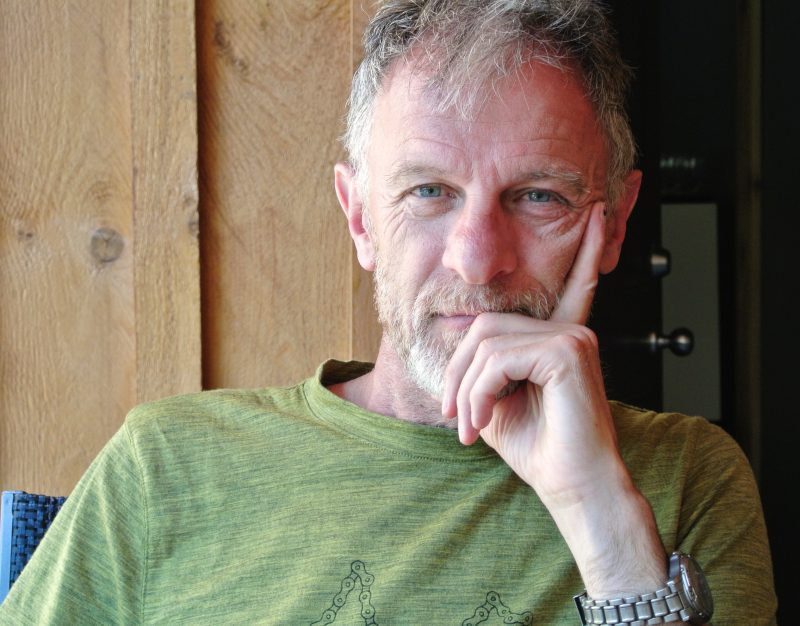
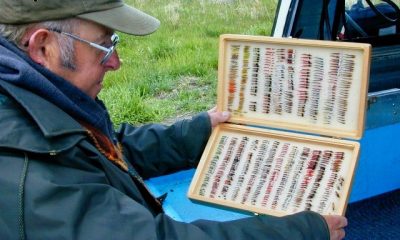
Hume and Bradley have done a splendid job of keeping the book current, with mention of techniques and materials used today while still adhering to Mo’s minimalistic philosophy of fly fishing. The book’s roots are in a DVD called Just Fly-fishing, From Ice Off to Ice On with Mo Bradley, in which Bradley outlined his simple approach to fishing lakes in different seasons with thirteen fly patterns that imitated faithfully the insect life the trout were feeding on.
Artist Nana Cook of Nanoose Bay provides clear, accurate, and informative colour plates, including the thirteen key patterns that should be in an angler’s fly box, and Mo provides details of tying instructions and notes on “how to fish.” These patterns will provide any stillwater angler a full fly box for their day on the water. However, it is the simple lessons throughout the book that will make you a better angler. When Mo says, “I wouldn’t look in my box to figure out what fly to use. I’d look over the side of the boat, that will tell you what’s happening.” Great anglers are always observant and in tune with the natural world surrounding them.
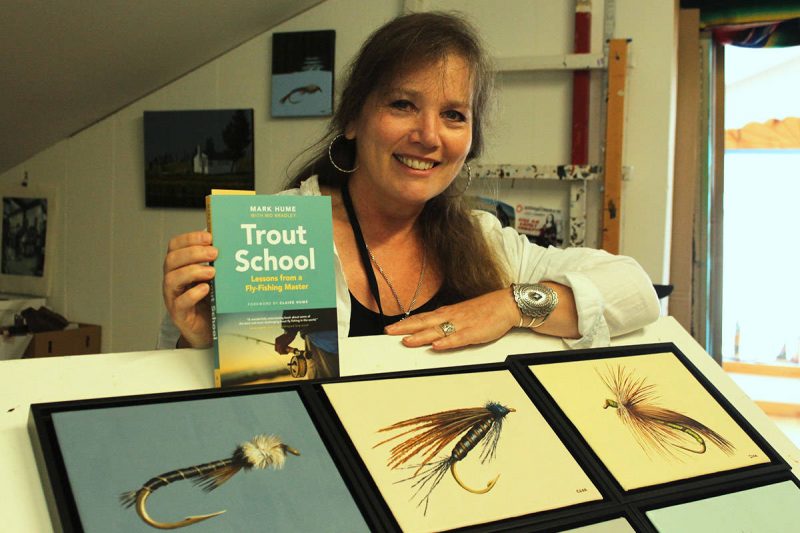
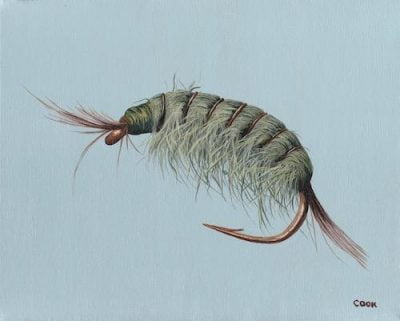
Sporadically throughout Trout School, Hume and Bradley use sidebars to focus on specific topics such as the solunar tables and barometric pressure for in-depth focus on these important topics. Contributions from other anglers, for example on fishing the sedge hatch or modern materials for tying in Chironomid fishing, are equally important and helpful to the fly angler.
When I think of fly fishing in B.C., specifically for Kamloops trout, a number of books come to mind: Alf Davey, The Gilly: A Flyfisher’s Guide to British Columbia (Frank Amato, 1985); Steve Raymond, Kamloops: An Angler’s Study of the Kamloops Trout (Winchester Press, 1971); Jack Shaw, Fly Fish the Trout Lakes (Heritage House, 1998); and Skip Morris and Brian Chan, On Fly Fishing Trout Lakes (Frank Amato, 1999). Trout School can be added to this list and will be a wonderful contribution to any fly fisher’s library.
Trout School: Lessons from a Fly-Fishing Master is a welcome and wonderful story of a fly-fishing legend’s techniques and philosophical view of the sport he loves. This book will bring joy to the experienced angler and inspire new anglers to pick up a fly rod and head to the interior of B.C.
*
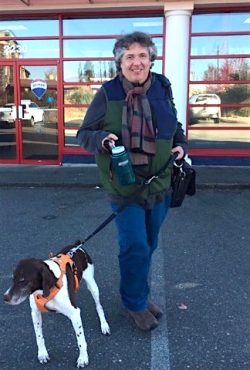
Raised in North Vancouver, Myles Armstead is a realtor in Courtenay. He has a degree in tourism management and a diploma from the Pacific Institute of Culinary Arts in Vancouver. Passionate about conservation and watershed habitat issues, he is involved in the Comox Valley Fly Fishers Club and is first vice-president of the British Columbia Federation of Fly Fishers. He is on the Poet Laureate Committee of the Comox Valley Arts Council; he is also a bird watcher. He has written articles about fish and fishing for a number of sources including CV Collective and the Watershed Sentinel.
*
The Ormsby Review. More Books. More Reviews. More Often.
Publisher and Editor: Richard Mackie
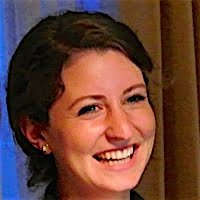
The Ormsby Review is a journal service for serious coverage of B.C. books and authors, hosted by Simon Fraser University. The Advisory Board consists of Jean Barman, Robin Fisher, Cole Harris, Wade Davis, Hugh Johnston, Patricia Roy, David Stouck, and Graeme Wynn. Scholarly Patron: SFU Graduate Liberal Studies. Honorary Patron: Yosef Wosk. Provincial Government Patron since September 2018: Creative BC
“Only connect.” – E.M. Forster